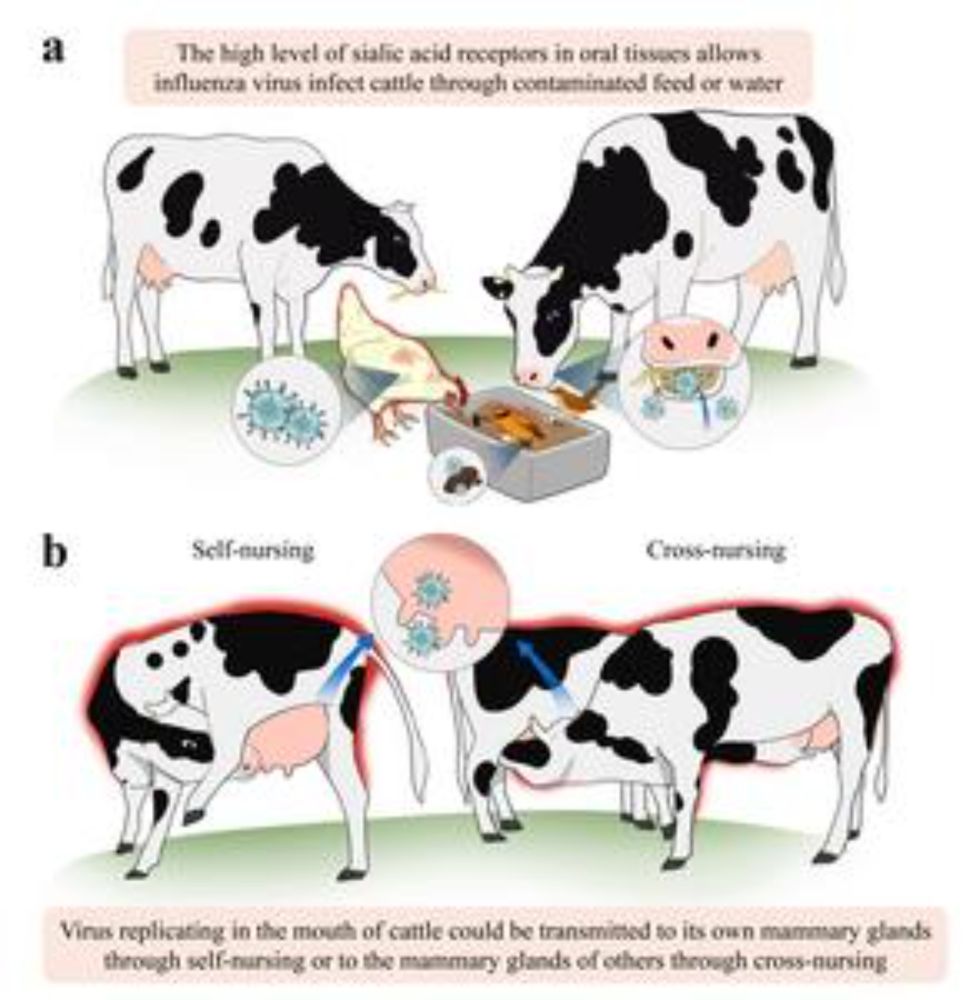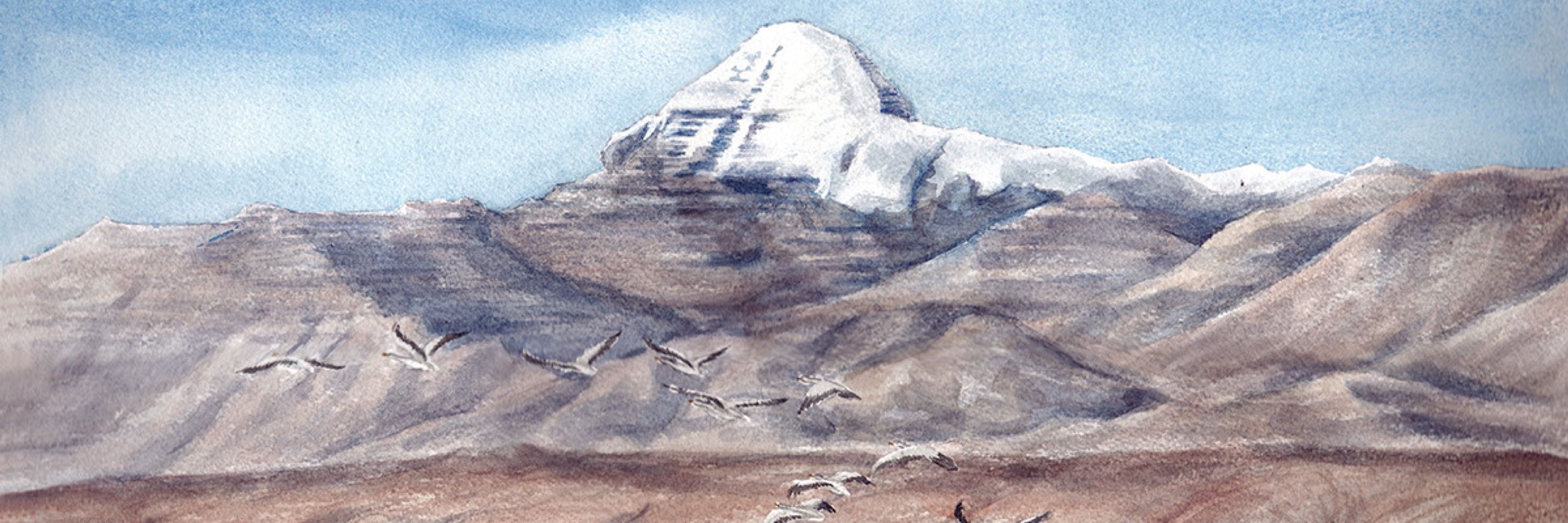Shenglai
@shenglai.bsky.social
63 followers
110 following
150 posts
Postdoc in OU | Work on disease ecology, animal movement, biodiversity | Meditator | Marathon runner | Ramen and tea lover
Posts
Media
Videos
Starter Packs
Pinned
Shenglai
@shenglai.bsky.social
· Aug 18

Landscape changes elevate the risk of avian influenza virus diversification and emergence in the East Asian–Australasian Flyway | PNAS
Highly pathogenic avian influenza viruses (HPAIV) persistently threaten wild waterfowl,
domestic poultry, and public health. The East Asian–Austral...
www.pnas.org
Shenglai
@shenglai.bsky.social
· Aug 18
Shenglai
@shenglai.bsky.social
· Aug 18

Functional traits explain waterbirds' host status, subtype richness, and community‐level infection risk for avian influenza
This worked studied the effects of waterbird functional traits on both species-level and community-level infection patterns of avian influenza. We found that functional traits could explain waterbird...
onlinelibrary.wiley.com
Shenglai
@shenglai.bsky.social
· Aug 18
Shenglai
@shenglai.bsky.social
· Aug 18
Shenglai
@shenglai.bsky.social
· Aug 18
Shenglai
@shenglai.bsky.social
· Aug 18
Shenglai
@shenglai.bsky.social
· Aug 18
Shenglai
@shenglai.bsky.social
· Aug 18
Shenglai
@shenglai.bsky.social
· Aug 18
Shenglai
@shenglai.bsky.social
· Aug 18

Landscape changes elevate the risk of avian influenza virus diversification and emergence in the East Asian–Australasian Flyway | PNAS
Highly pathogenic avian influenza viruses (HPAIV) persistently threaten wild waterfowl,
domestic poultry, and public health. The East Asian–Austral...
www.pnas.org
Shenglai
@shenglai.bsky.social
· Jul 31
Shenglai
@shenglai.bsky.social
· Jul 15
Shenglai
@shenglai.bsky.social
· Jul 14

H5N1 virus invades the mammary glands of dairy cattle through “mouth-to-teat” transmission
Abstract. H5N1 influenza outbreaks have been reported on more than 1,070 dairy farms across 17 states in the US. Damage to the mammary gland and high level
academic.oup.com
Shenglai
@shenglai.bsky.social
· Jul 14
Shenglai
@shenglai.bsky.social
· Jul 14

The H5N1 influenza outbreaks in the US dairy cattle likely triggered by the "milk-stealing" behavior of lactating cows
H5N1 influenza outbreaks have been reported on more than 1.070 dairy farms in the United States since 2024. The virus severely affects the mammary glands and contaminates the milk, posing a threat to ...
www.eurekalert.org












